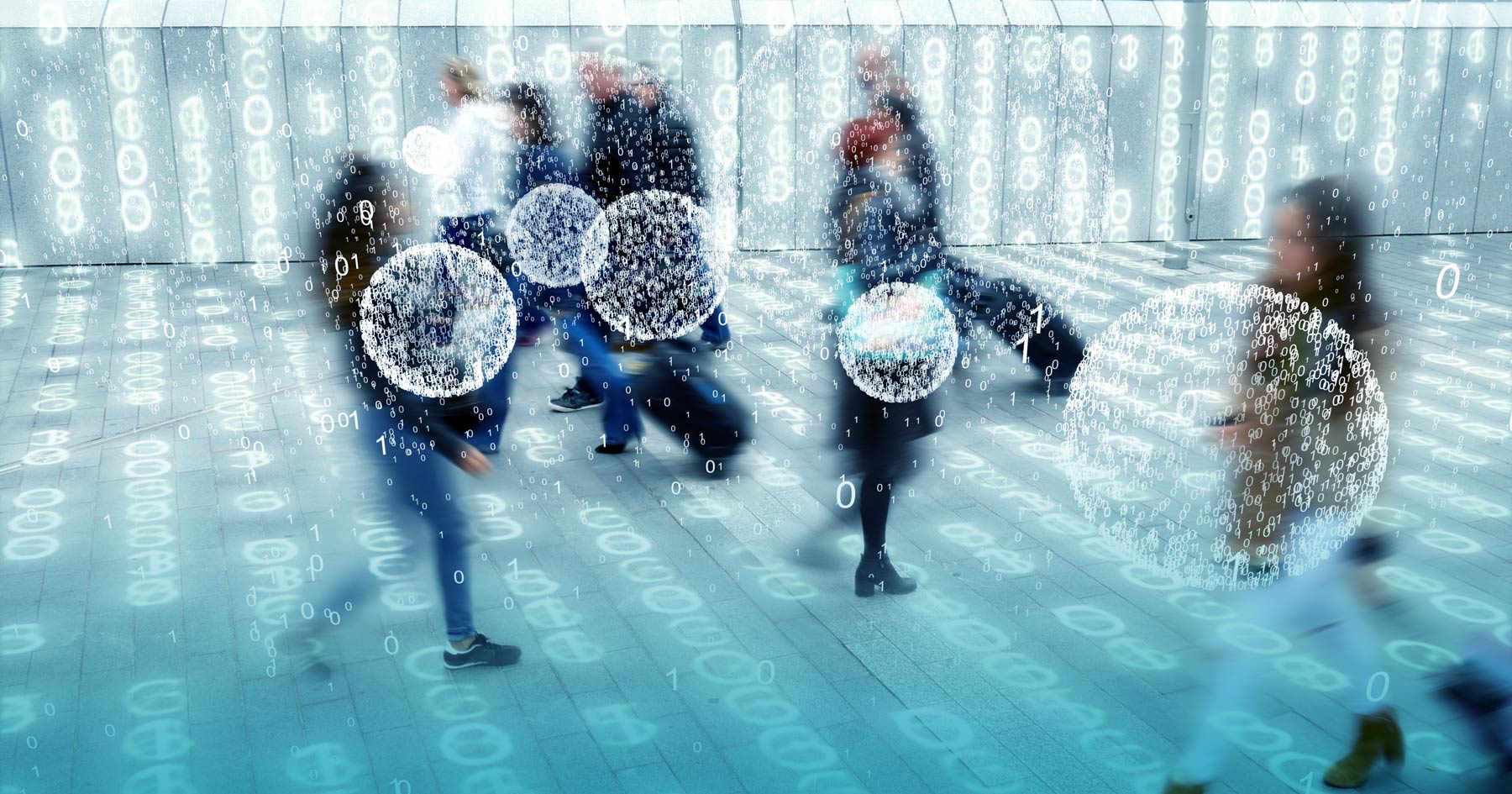THE FUTURE WORKPLACE
August 8th, 2017

The way we work together has never changed as drastically or as rapidly ever before, giving room for disruptions in today’s offices.
It’s 2017. Robots are cutting our lawns and driverless or autonomous cars are being tested on the roads. Information can be drawn with the tip of a finger and devices can be controlled across the seas. The future is here and technology is evolving faster than ever before. Trends in the digital age are becoming more and more short-lived, turning out to be flares like the Pokémon Go phenomena. The instant response of the customer through the internet makes the consumer a prosumer, this means the user is not just consuming, but a producer of data and information at the same time, creating completely new business models and revenue streams. Dealing with the workplace the question may arise: What are the persistent trends to follow and how do LOGICDATA’s innovations shape the market?
Trends shaping the future office
Digitalization is rapidly entering the workplace. Connecting smart devices at home has become a popular trend; now the office environment is becoming connected as well, becoming self-aware, and capturing employee data. Enabled by the miniaturization of wireless sensors, impersonal information such as the use of keyboards, occupancy, or use of sit-stand functions are fed into smart systems along with personal biometrics such as height, weight, and heart rate. The user’s benefit is established by an artificial intelligence that may learn how to adjust the workplace in a way that productivity, creativity, health, satisfaction, and overall well-being of the office worker is optimized. Therefore, environmental influences such as light, air temperature, quality, sound, and ergonomic conditions given from furniture need to be controllable. Stepping into the digital future implies that once we have committed to measuring biometrics, we have to face the truth that the interpretation of cognitive states of a person is possible. Facial and voice recognition systems will be able to determine whether an employee is feeling good or not. On the one hand, the system may adjust to improve the condition, on the other hand, sensitive and personal information may be available to someone that we wouldn’t like to share it with. Data security and the protection and preservation of human rights of a person is a key topic that needs to be addressed.
Enabled by the mobility of electronic devices, users are now able to work from home offices or while traveling. Availability of mobile devices have become normal to us along with the ability to instantly access information. In the future we will become used to being recognized by our mobile devices that learn our personal patterns. A connected desk system will adjust to our personal needs, no matter which desk will be used at an office. The transition into an organic workplace can be supported and accelerated through intelligent systems that can locate the employee and suggest the nearest available meeting room, find a noise protected chamber for a telephone conference, find a coworker in an open office. Intelligent workspaces can protect employees from a noisy environment to eliminate distracting sounds so office workers can focus and be productive, but can also allow workers to gather to share their ideas.
Upcoming trends have great potential for innovation. Gamification holds a widely untapped potential to change the way we work. Gamification is a relatively new term that describes the use of games to get the user to perform certain tasks. This could be a simple challenge to reach a standing time goal every day or perform activities in a competitive manner. This goes hand in hand with a new trend that brings the workers personal life into the workplace. This may bring up the question; since people bring work life into their homes such as answering emails and phone calls, will businesses let their employee’s private life into the workplace for more flexibility? Games are already being used for training, relaxing, and recruiting.
LOGIClab and its capabilities
The LOGIClab, presented at this year’s INTERZUM tradeshow, is a near future concept using current LOGICDATA products (SMART control box, SLIMdrive-660S), recently launched products (LOGIClink) and specially developed concept products (height adjustable monitor arm and a sensor equipped office chair gas spring) with the aim of assisting the user throughout the work day.
The installation offers connectivity to a wearable device reading the heart rate of an office worker through LOGIClink. The application programming interface (API) and the connectivity of Bluetooth Low Energy, Wi-Fi and Near Field Communication (NFC) of LOGIClink allows devices in the office to connect seamlessly. This incorporates lighting, locker systems, and voice control systems that were shown at the LOGIClink booth. In the future LOGICDATA will integrate other devices to work with LOGIClink.
Automatic adjustment of the desk surface to either sitting or standing position for a perfect ergonomic experience has become reality. User metrics such as occupancy, approximate weight, sitting time, weight distribution, and micro movements are measured through sensors within the gas spring and communicated to LOGIClink. The height is measured by a sensor installed on top of the monitor. This sensor could be substituted by a camera or a 3D time of flight image mapping device as well.
LOGICDATA’s user centered approach is inspired by the principle of creating products that serve the well-being of the individual. Generating (r)evolutionary products for 20 years, the company’s workforce has established research and development capabilities in electronics, mechanics and software.
Creating intelligence for (adjustable) furniture has never been truer.
By Thomas Platzer – Innovation Manager at LOGICDATA Austria.
References
https://www.eurofound.europa.eu/sites/default/files/ef_publication/field_ef_document/ef1658en.pdf
https://www.bmas.de/SharedDocs/Downloads/DE/PDF-Publikationen/a873.pdf?__blob=publicationFile&v=2
https://www.eurofound.europa.eu/sites/default/files/ef_publication/field_ef_document/ef1649en.pdf
https://www.eurofound.europa.eu/sites/default/files/ef_publication/field_ef_document/ef1650en.pdf



